Summary
In a world increasingly reliant on electronics and efficient cooling, the humble fan plays a critical, often unnoticed, role. From cooling the processors in our computers to providing a comfortable breeze in our homes, fans are ubiquitous.
However, not all fans are created equal. The technology driving the blades has evolved significantly, leading to a fundamental choice for manufacturers and consumers alike: the brush DC fan versus the brushless DC (BLDC) fan.
This article delves into the inner workings, advantages, and disadvantages of each, ultimately revealing why one is rapidly becoming the new standard.
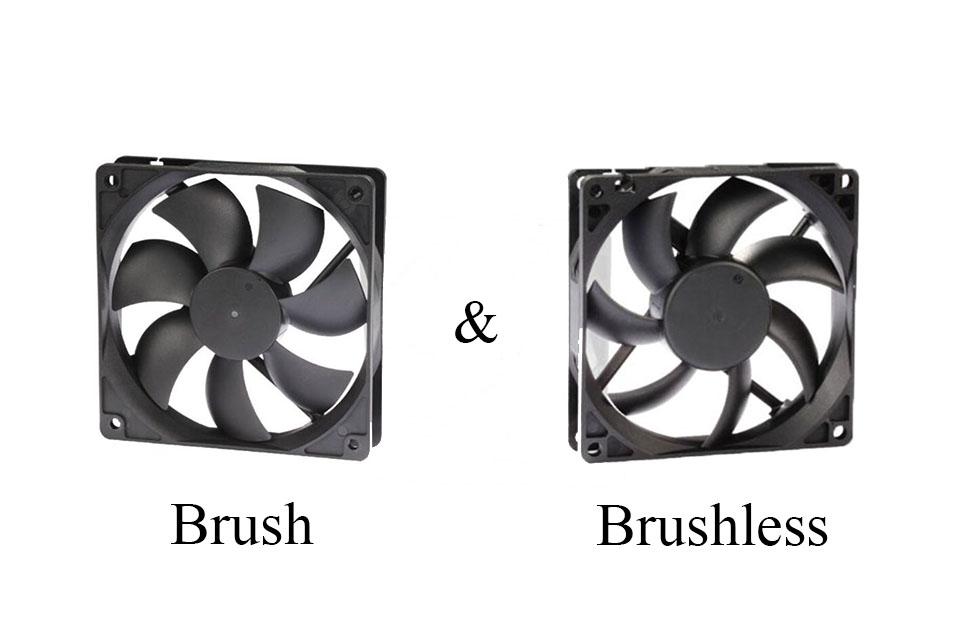
Brush DC Fan
The brushed DC motor is a technology with a long and proven history. Its operation is elegantly simple, relying on a physical connection to transmit power and control the motor's rotation.
How it Works
A brushed DC motor consists of a few key components: a stationary outer part called the stator, a rotating inner part called the rotor (or armature), brushes, and a commutator. The stator typically houses permanent magnets, creating a fixed magnetic field. The rotor is an electromagnet, consisting of coils of wire.
The magic happens through the interaction of the brushes and the commutator. Carbon brushes are in constant physical contact with the commutator, a segmented ring attached to the rotor.
As electricity flows through the brushes to the commutator, it energizes the rotor's coils, creating a magnetic field. This new magnetic field interacts with the stator's permanent magnetic field, causing the rotor to spin. To keep the rotor spinning continuously, the direction of the current in the coils must be reversed every half rotation.
This is the crucial role of the commutator and brushes; as the rotor turns, the brushes make contact with different segments of the commutator, effectively reversing the current and maintaining the rotational motion.
The Pros and Cons of a Brushed Design
The primary advantage of the brush DC fan lies in its simplicity and low manufacturing cost. The control circuitry required is straightforward, often just needing a variable voltage to adjust the speed. This makes them an attractive option for low-cost applications where high performance and longevity are not the primary concerns.
However, the very components that make them work are also their greatest weakness. The constant friction between the brushes and the commutator leads to wear and tear. This results in a significantly shorter lifespan compared to their brushless counterparts.
This friction also generates heat, noise, and electromagnetic interference (EMI) due to sparking between the brushes and commutator. Maintenance is another significant drawback; the brushes eventually wear out and require replacement, which can be a cumbersome process. Furthermore, the mechanical commutation limits their maximum speed and efficiency.
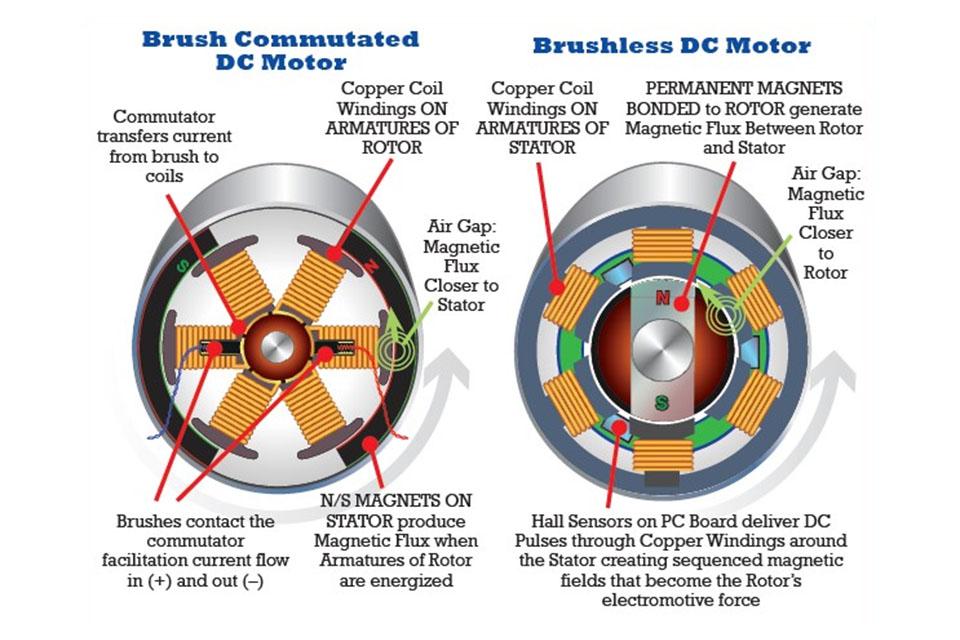
Brushless DC (BLDC) Fan
The brushless DC fan represents a significant technological leap forward, addressing many of the inherent limitations of the brushed design. As the name suggests, it eliminates the need for brushes and a mechanical commutator.
How it Works
In a BLDC fan, the roles of the rotor and stator are essentially reversed. The rotor is now comprised of permanent magnets, while the stator contains the electromagnetic coils. Instead of a mechanical switch, a sophisticated electronic controller is used to energize the stator coils in a precise sequence.
This electronic commutation is the key to the BLDC fan's superior performance. The controller uses sensors, typically Hall-effect sensors, to detect the position of the rotor's permanent magnets. Based on this positional feedback, the controller energizes the appropriate stator coils to create a rotating magnetic field.
This magnetic field interacts with the rotor's permanent magnets, causing it to spin. By precisely controlling the timing and sequence of the current to the stator coils, the electronic controller can achieve smooth and efficient rotation across a wide range of speeds.
The Overwhelming Advantages of Going Brushless
The absence of brushes provides a cascade of benefits that make BLDC fans the preferred choice for a vast and growing number of applications. These benefits include enhanced efficiency, a longer lifespan, quieter operation, precise speed control, and reduced maintenance.
The elimination of friction means they are significantly more energy-efficient and consume less power. The lack of wear and tear dramatically increases their operational lifespan, making them far more reliable for continuous use.
This absence of friction also results in much quieter operation, which is ideal for noise-sensitive environments. Finally, because there are no brushes to wear out, they are virtually maintenance-free.
The primary disadvantage of BLDC fans is their higher initial cost, as the complex electronic controller adds to the manufacturing expense. Additionally, the wiring and installation can be more complicated.
A Head-to-Head Comparison
When placed in a direct comparison, the advantages of the brushless DC fan become starkly apparent. In terms of longevity, the brushless design far outlasts its brushed counterpart, offering a lifespan measured in tens of thousands of hours compared to the mere hundreds or few thousand hours of a brush DC fan. This disparity is largely due to efficiency; brushless fans are significantly more energy-efficient as they don't suffer from the friction losses inherent in the brush and commutator system.
This lack of friction also leads to a much quieter operation for BLDC fans, whereas the constant contact in brushed fans generates more audible noise. Maintenance is another key differentiator, with brushed fans requiring periodic and sometimes difficult brush replacement, while brushless fans are virtually maintenance-free.
Furthermore, brushless fans offer precise and flexible electronic speed control, a significant step up from the simple voltage-based control of brushed motors. While the initial purchase price of a brush DC fan is lower, the higher upfront cost of a BLDC fan is often offset by its longer life and lower operating costs.
Finally, the sparking from the brushes can create electromagnetic interference (EMI), an issue that is minimal to non-existent in brushless designs.
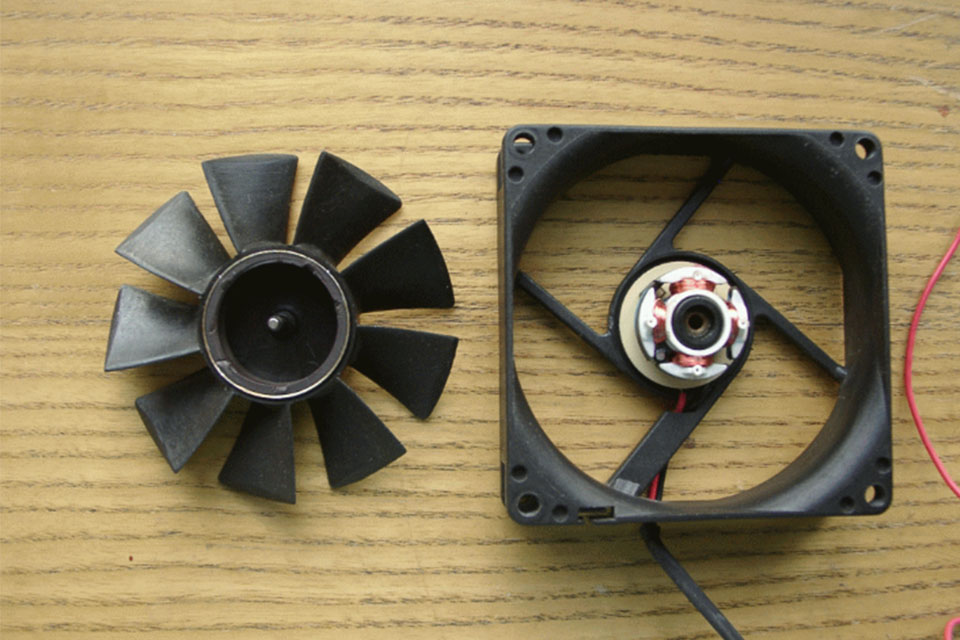
Applications
Brush DC fans, due to their low cost, are still found in applications where performance and longevity are not critical, such as in some small household appliances and toys.
However, the superior performance and reliability of BLDC fans have made them the standard in a wide array of applications. In the realm of electronics, they are essential for cooling computers, servers, and other sensitive components where reliability is paramount.
They are also increasingly used in consumer electronics like laptops and gaming consoles. The automotive industry relies on BLDC fans for engine cooling and in-cabin climate control systems.
Furthermore, the push for energy efficiency has led to their widespread adoption in HVAC systems, refrigerators, and modern ceiling fans.


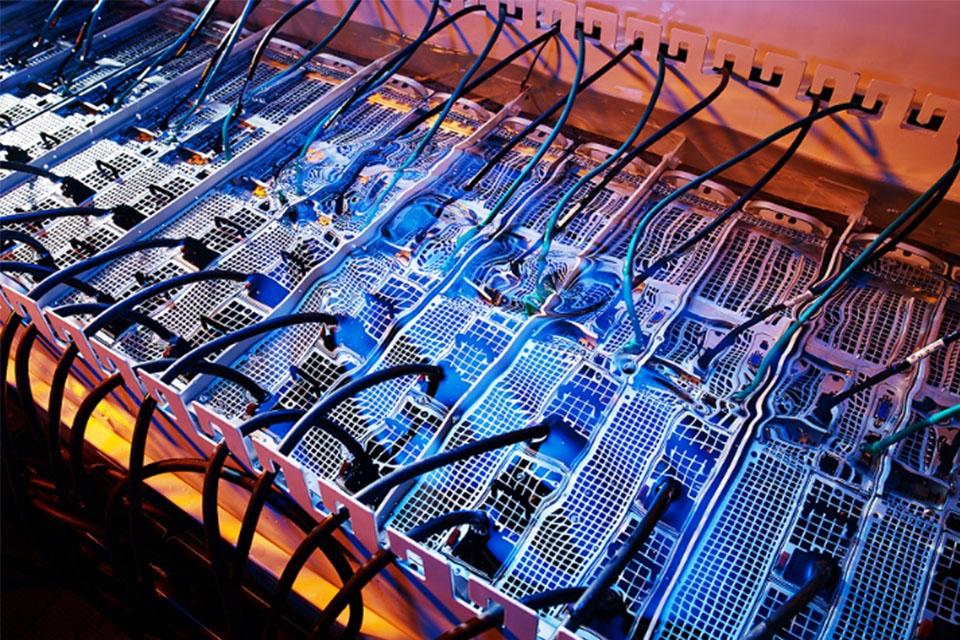 Why Blower Fans Are Essential in Fiber Optic Equipment
Why Blower Fans Are Essential in Fiber Optic Equipment
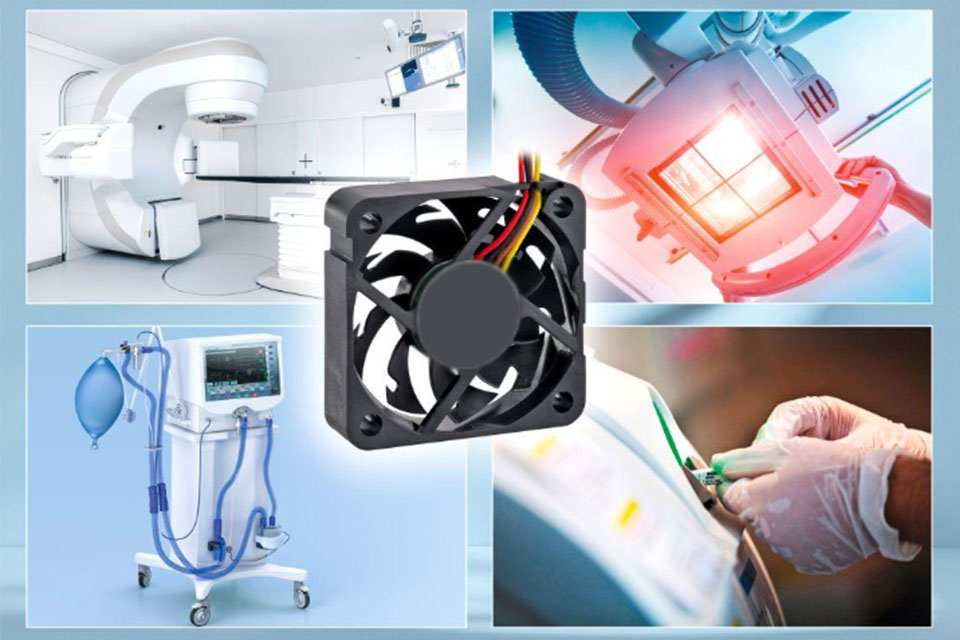 Cooling Fans in Portable Medical Devices
Cooling Fans in Portable Medical Devices
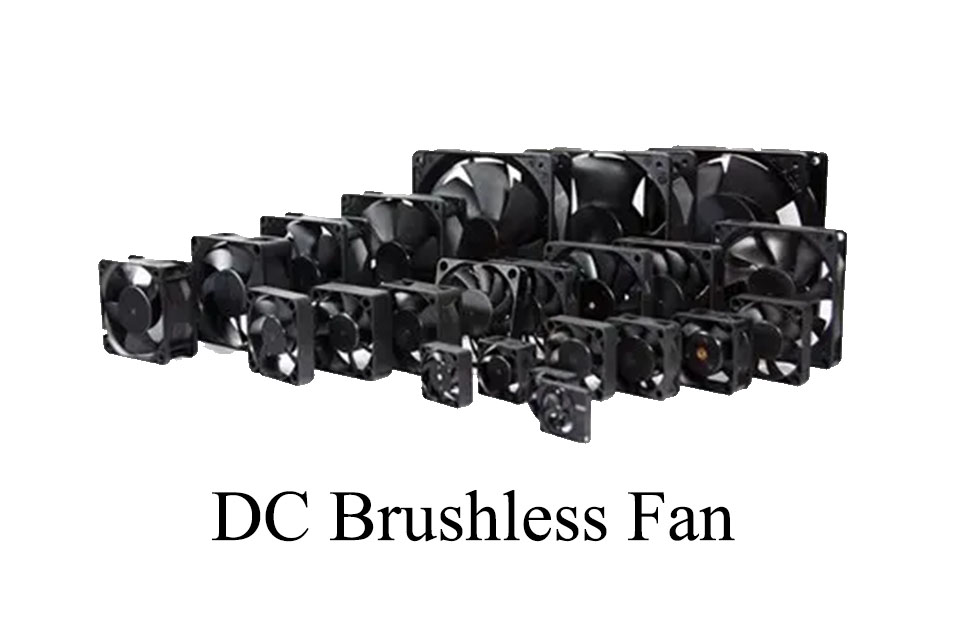 The Critical Role of DC Brushless Fans in Modern Electronics Cooling
The Critical Role of DC Brushless Fans in Modern Electronics Cooling
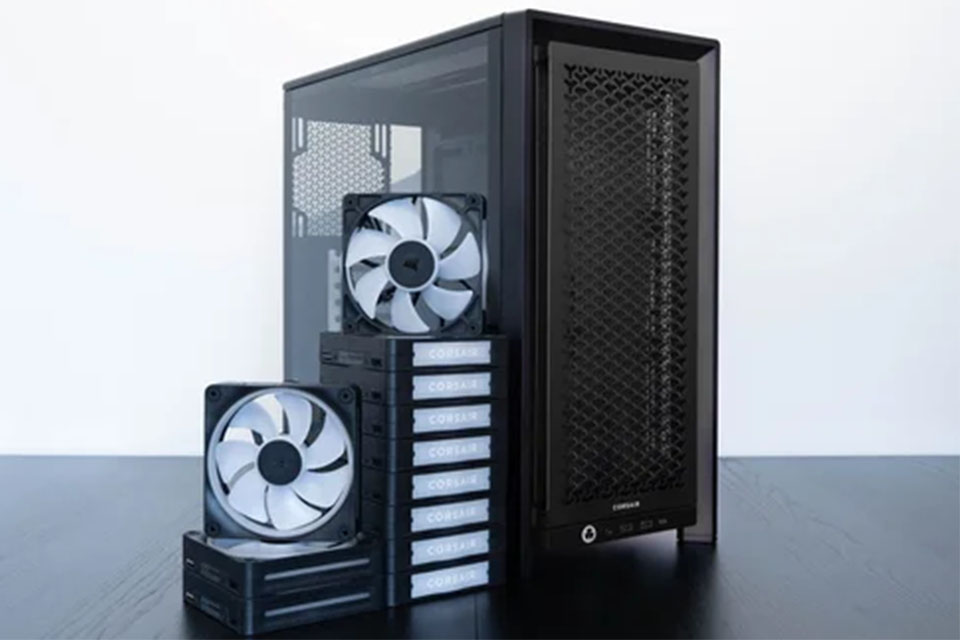 Water-Resistant DC Fans for Harsh Environments
Water-Resistant DC Fans for Harsh Environments


